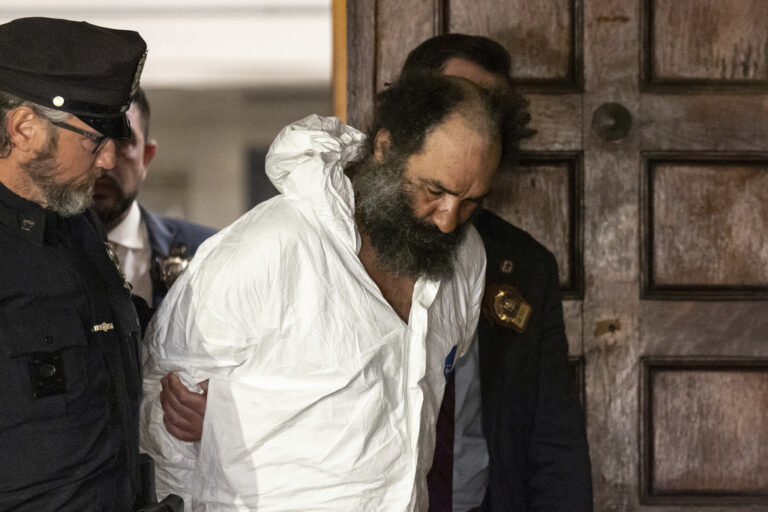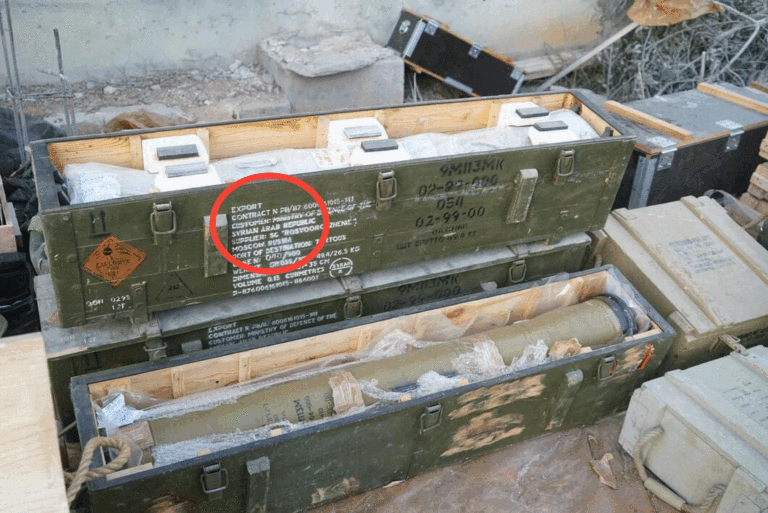 The closings of control towers at 149 small airports, due to begin this weekend because of government-wide spending cuts, are being delayed until mid-June, federal regulators announced Friday.
The closings of control towers at 149 small airports, due to begin this weekend because of government-wide spending cuts, are being delayed until mid-June, federal regulators announced Friday.
The Federal Aviation Administration said it needs more time to deal with legal challenges to the closures.
Also, about 50 airport authorities and other “stakeholders” have indicated they want to fund the operations of the towers themselves rather than see them shut down, and more time will be needed to work out those plans, the agency said in a statement.
The first 24 tower closures were scheduled to begin Sunday, with the rest coming over the next few weeks. Obama administration officials have said the closures are necessary to accomplish automatic spending cuts required by Congress.
Despite the delay, the FAA said it will stop funding all 149 of the airport towers, which are operated by private contractors, on June 15. Under the new schedule, the closures will be implemented at once, rather than a gradual phase-in as had been planned.
Airport operators in several states, including Florida, Illinois and Washington state, and the U.S. Contract Tower Association, which represents the companies that operate contract towers, have filed lawsuits with the U.S. Circuit Court of Appeals in Washington seeking to halt the closures.
The suits contend that the closures violated a federal law meant to ensure major changes at airports do not erode safety, and unfairly targeted the program for an outsized share of the more than $600 million the agency is required to trim from its budget by the end of September.
“The administration has decided to make tower closures the poster child of sequestration (automatic spending cuts),” said the group’s director, J. Spencer Dickerson. “We believe there are other ways they could have skinned this cat.”
Federal officials have insisted that the closures wouldn’t affect safety. And there is evidence that with improving safety, some of the closures would make economic sense.
It turns out that the FAA has been using 30-year-old data on aircraft collisions to justify the cost of operating many of the control towers, even though accident rates have improved significantly over that time.
Had the FAA used more current data, it’s probable that some low-traffic airport towers operated by private contractors would no longer have met the agency’s criteria for funding, industry officials say. But the FAA has long been under pressure from members of Congress to open new towers at airports in their states, not to close them.
The FAA began paying contractors to staff and operate towers at a handful of small airports after President Ronald Reagan fired striking air traffic controllers in 1981. Today, there are 251 towers operated by private contractors at airports across the country at an average annual cost of more than $500,000 each.
The closure plan is unrelated to the FAA’s use of obsolete safety data to justify the contract tower program.
In 1990, the FAA developed a complicated cost-benefit methodology for the tower program that relies on accident data from 1983 to 1986 to determine how many accidents would be averted and lives saved if an airport had controllers working onsite. The safety data have never been updated, despite marked improvements in accident rates.
In 1983, there were 10.7 accidents for every 100,000 departures involving small planes, business jets and other non-airline flights in the U.S., according to the National Transportation Safety Board. By 2011, the latest year for which figures are available, that rate had dropped to 6.5 accidents per 100,000 departures. The commercial airline accident rate has also dropped, and fatalities have declined even more. There have been no passenger airline fatalities in the U.S. in more than four years, the longest period without fatalities since the dawn of the jet age half a century ago.
“None of the formulas have been updated since 1990, despite a very significant change in the aviation operating environment and the general aviation and commercial accident rates,” the FAA said in a statement in response to questions from The Associated Press. “The FAA is in the process of updating this policy.”
Agency officials offered no explanation for the oversight.
“The FAA methodology likely overestimates present-day collisions,” the Congressional Research Service said in a recent report.
Initially the cost-benefit ratios were to be recalculated every two years, but that didn’t happen, said David A. Byers, an aviation professor at the University of Nebraska at Omaha and a consultant to the companies that operate the towers. If they were recalculated now, some airports would certainly fall below the FAA threshold for funding, he said.
Of the nation’s 5,000 public airports, only about 10 percent have control towers. Those without towers generally have relatively few flights, and pilots coordinate takeoffs and landings among themselves.
Airport towers are prized by local communities as economic boosters, particularly in rural areas. Airlines are sometimes reluctant to schedule flights to airports where there are no on-site air traffic controllers.
Former Rep. James Oberstar, D-Minn., a critic of the contract tower program, said he refused to allow lawmakers to insert provisions into bills requiring the FAA to pay for new control towers at airports in their districts when he was chairman of the House Transportation and Infrastructure Committee.
“We couldn’t always stop it in all instances in the appropriations process, particularly when a bill comes from the Senate and it has a designation of funding for a particular tower,” Oberstar said.
(AP)











3 Responses
It is probably not surprising that most of these small heavily subsidized airports are in congressional districts of Republican congressmen who want to cut spending for everyone else!
Comeon Charles, why not go back in hiding again. Things were so much more sensible in your absence. The FACT is, no matter what you folks at the daily kooks have to say, is that there were NO spending cuts in sequester. A decrease in the rate of increase is NOT a cut. If they can’t along with the money they got last year, well tough noogies on them!!!
Mark’s statement is not true. If you look at the White House web site, you would find that the Legislative Branch, the Departments of Commerce, Defense, Education, Energy, Homeland Security, Housing and Urban Development, and Treasury; the Corps of Engineers, the Environmental Protection Agency, the Executive Office of the President, the General Services Administration, the National Science Foundation, the Small Business Administration, and the Social Security Administration are all getting fewer dollars this year than last. That is a real cut even by his definition.
It took longer for me to write this comment than to find that information. Why do people put such obviously falsifiable misinformation on the internet?